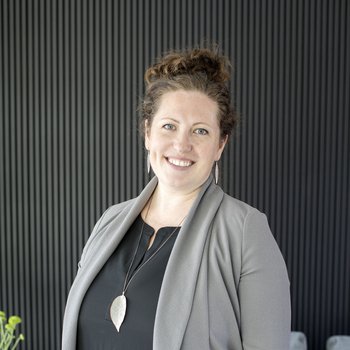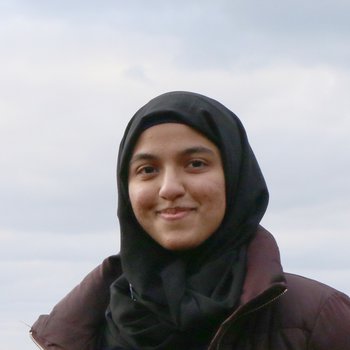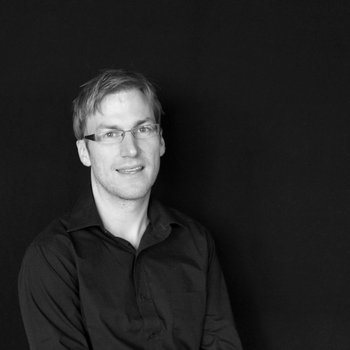Session 10: International Passive House Projects
Tuesday, 14 September 2021
Passive Houses can be implemented in any geographic environment and in accordance with country-specific cultural characteristics. From the United Kingdom to Poland to India and Australia, the speakers in this session will share their experience of Passive House construction projects in different countries and climates, and present local specifics that they had to consider when implementing the projects. Lessons learned regarding the energy demand as well as the individual project size complete the thematic offer.
| Time (CEST) | Topic | Speaker |
|---|---|---|
| 10:00 am | Welcome | |
|
10:05 am |
Bird's Wing Passive Duplex Plus: Lock-off Suites Provide Density and Flexibility
|
 Allison Holden Pope | ONE SEED Architecture + Interiors Inc
|
|
10:20 am |
Evaluating Energy Use at Two Passive House Plus Dwellings in the UK The annual energy usage data of two British Passive House Plus dwellings with battery has shown that whilst there are improvements needed in winter energy autarky, the houses consume 80% less energy than the typical UK home and offer potential for community- based 100% renewable energy tariffs. |
 Ifrah Ariff | bere:architects |
|
10:35 am |
SoLo Prototype and Lessons learned for larger scale Mass Timber Passive House Projects
|
 Cillian Collins | Perkins and Will Architects |
| 10:50 am | Question and Answer | |
| 11:10 am |
Passive House concepts for India
|
 Camille Sifferlen | Passivhaus Institut |
|
11:25 am |
The Passive House with a Winter Garden – the first PH Plus certified house in Poland |
 Bartosz Krolczyk | Pasywny M2 |
| 11:40 am |
Passive House Standard for CLT NZEB in Tropical Climates Energy simulations show that shading, surface absorptivity, enthalpy recovery, low SHGC, dehumidification, and minimised heat gains are vital to the occupant acceptance of the Passivhaus design in hot and humid Australian climates. |
 Marcus Strang | University of Queensland and HIP V. HYPE |
| 11:55 am | Question and Answer | |
|
|
Go to Session 9
|



